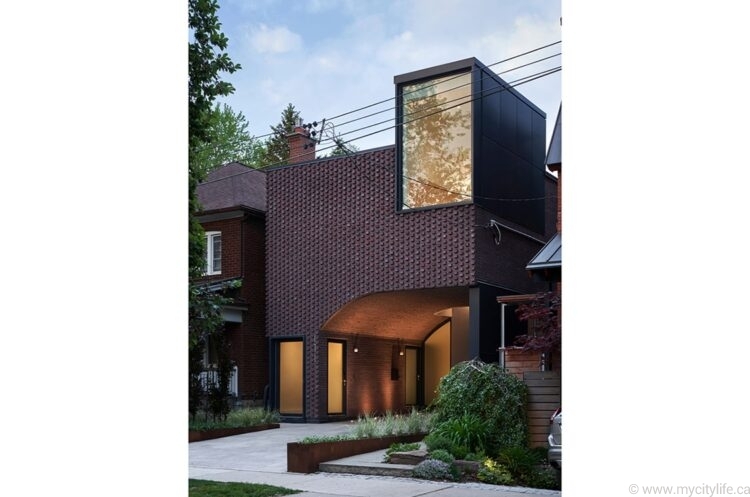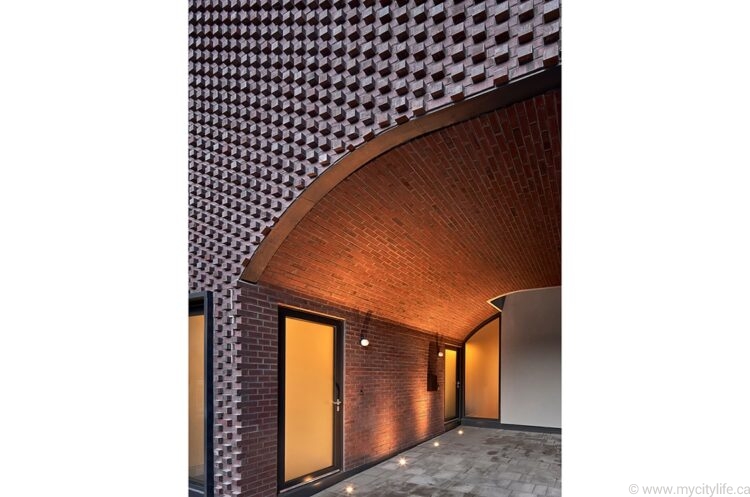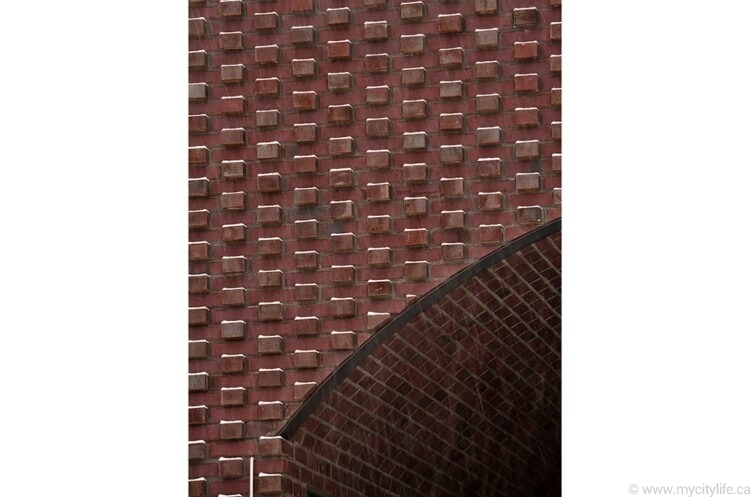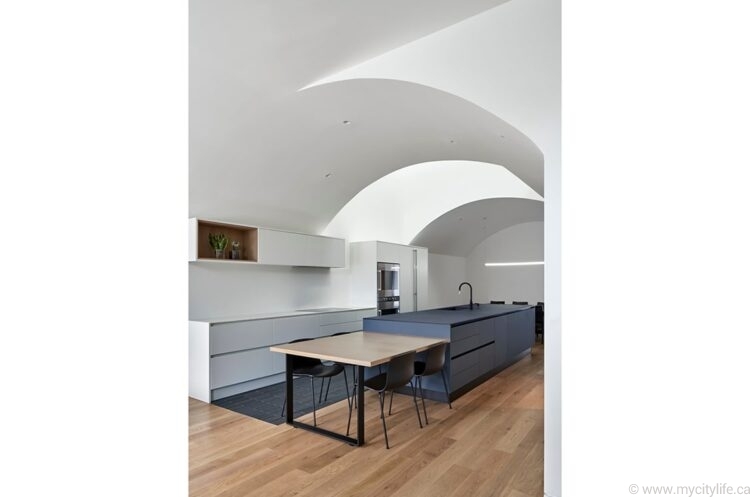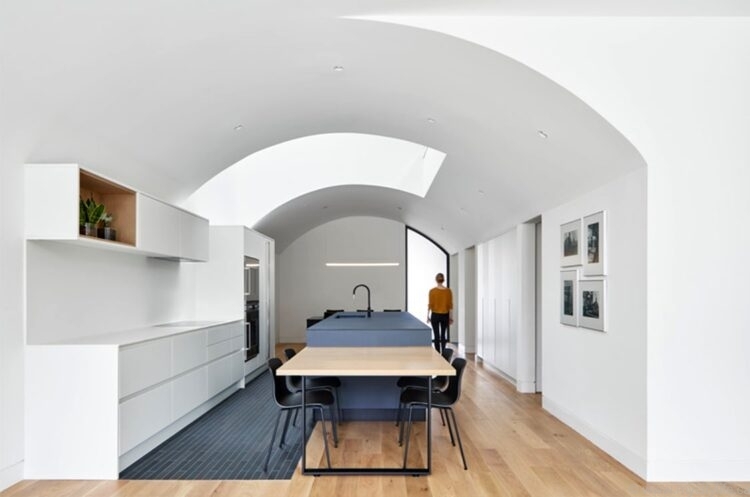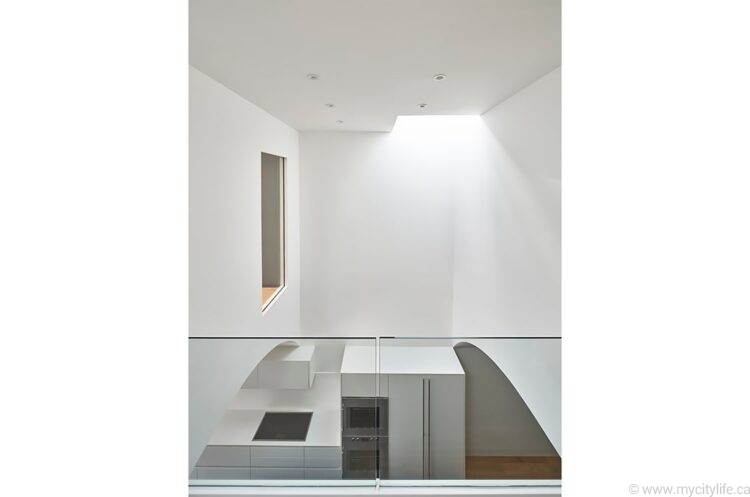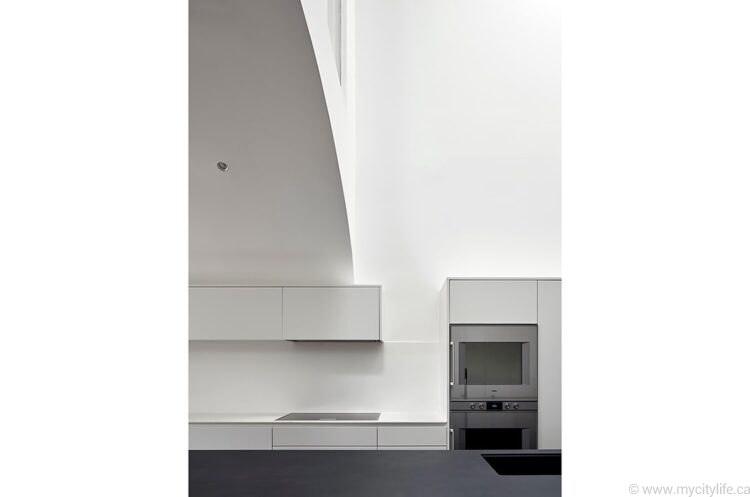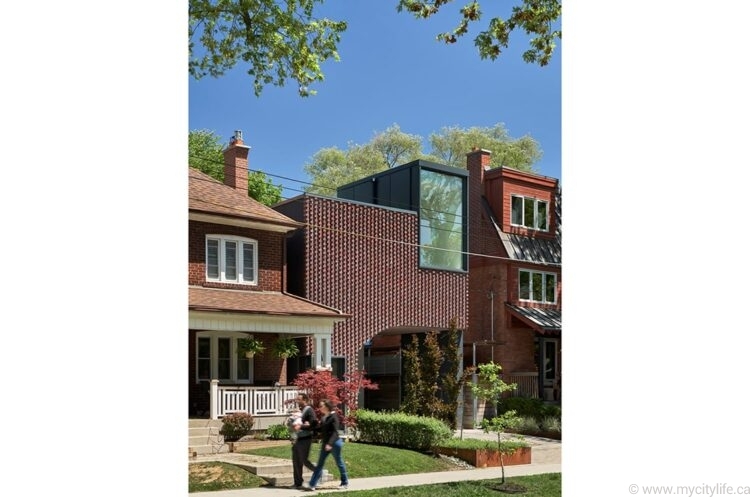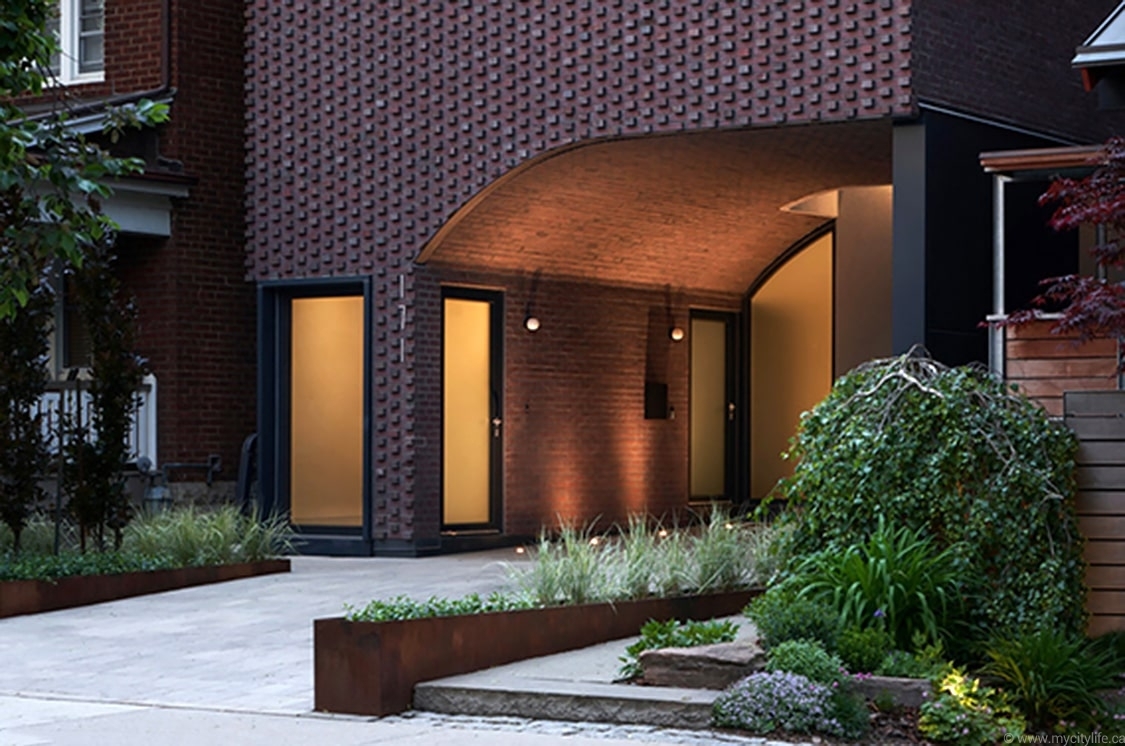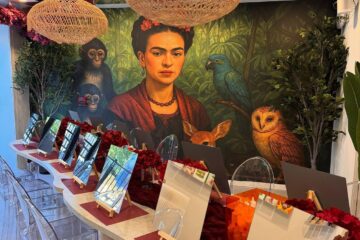Honouring Heritage Through Design
How Batay-Csorba Architects seamlessly infused a client’s Italian heritage into their home.
A way of honouring one’s heritage is celebrating through food, music, and the traditions that surround it. Another, less obvious way, is by paying homage through its architecture.
Batay-Csorba Architects (B-CA), an architecture and interior design studio, combines research and practice to successfully translate buildings into aspirational forms and experiences. An example of how B-CA achieved this was through a 3,500-square-foot home, designed for a retired couple wanting to pay homage to their Italian heritage.
One of many ways that B-CA infused the client’s Italian heritage into the design was by adding one of the most common archetypes of ancient Roman architecture called the “vault”, characterized by its powerful modulation of light and its sense of lightness. By incorporating the vault, it extended the length of the lot, while also informing a relationship between the façade and the interior.
From the exterior, the brick vault is a subtraction from the otherwise monolithic brick frontage. From the interior, the vault remains intact upon entering the house, connecting the dining and living rooms, accentuating the client’s wish for connectivity in food preparation, eating and socializing.
While emphasizing the importance of Roman elements in its design, it is also an ode to Toronto’s history. The brickwork that covers the façade plays into Toronto’s history of masonry detailing, dating all the way back to the 19th century, when most of the Victorian homes were constructed. Additionally, instead of using garages, vaulted porches were a prevalent form in Victorian design, acting as a beautiful transitional space between the street and the home.
For the retired couple, having access to on-site parking was essential, however they wanted to refrain from a garage-fronted street, hence why B-CA integrated a carport. By carving out the front façade, it created an entryway reminiscent of the portico, an architectural feature found in Roman architecture that covers and extends from the entrance, often as a vault or colonnade.
Throughout the home, the façade’s dormer window, skylight above the kitchen, and lightwell, allow for ample natural light to fill each corner of the house, creating an airy and inviting space perfect for entertaining guests. With that in mind, the Italian couple will have everything they need to celebrate the future, while always being rooted and connected to their past.










































































